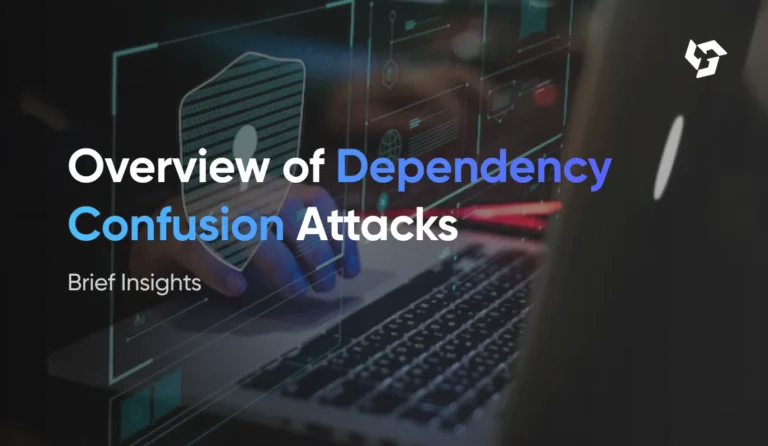Insecure Mobile App Storage – Sensitive Data Stored in Plaintext on Devices
Introduction
Mobile applications handle vast amounts of sensitive data, including personal information, financial details, and authentication credentials. However, many apps fail to implement proper security measures, leading to insecure mobile app storage, where critical data is stored in plaintext on devices. This negligence exposes users to severe risks, including data breaches, identity theft, and financial fraud.
In this comprehensive guide, we will explore:
- What insecure mobile app storage means
- Common vulnerabilities and risks
- Real-world examples of data breaches
- Best practices to secure mobile app storage
- Compliance and regulatory considerations
By the end, developers, security professionals, and business owners will understand how to protect user data effectively.
What is Insecure Mobile App Storage?
Insecure mobile app storage refers to the improper handling of sensitive data on mobile devices, where information is stored without encryption or weak protection mechanisms. Common examples include:
- Storing passwords, API keys, or tokens in plaintext
- Saving user credentials in easily accessible files (e.g., Shared Preferences, SQLite databases)
- Caching sensitive data in logs or temporary files
Attackers can exploit these flaws through:
- Physical access to the device
- Malware or spyware infections
- Man-in-the-Middle (MITM) attacks
Common Vulnerabilities Leading to Insecure Storage
1. Plaintext Storage in Shared Preferences or Databases
Many Android apps use SharedPreferences or unencrypted SQLite databases to store sensitive data, making it easily extractable via rooting or file access.
2. Hardcoded API Keys and Credentials
Developers sometimes embed API keys, encryption keys, or passwords directly in the app’s code, which can be reverse-engineered.
3. Insecure File Permissions
Apps may store data in world-readable directories, allowing other apps or users to access sensitive files.
4. Lack of Data Encryption
Failing to use strong encryption (e.g., AES-256) for stored data leaves it vulnerable to theft.
5. Improper Session Management
Storing session tokens indefinitely or without proper invalidation increases exposure risks.
Real-World Examples of Data Breaches Due to Insecure Storage
Case 1: Facebook’s Plaintext Password Exposure (2019)
Facebook admitted storing millions of Instagram and Facebook passwords in plaintext, accessible to employees.
Case 2: TikTok’s Unencrypted User Data (2020)
Researchers found TikTok storing sensitive user data in an unencrypted format, raising privacy concerns.
Case 3: Banking Apps with Weak Storage Protections
Several financial apps were found storing transaction details and PINs insecurely, leading to fraud cases.
Best Practices to Secure Mobile App Storage
1. Use Strong Encryption for Sensitive Data
- Implement AES-256 for local storage.
- Leverage platform-specific secure storage solutions:
- Android: Android Keystore, EncryptedSharedPreferences
- iOS: Keychain Services, Data Protection API
2. Avoid Storing Sensitive Data Unnecessarily
- Use token-based authentication instead of storing passwords.
- Implement OAuth 2.0 for secure API access.
3. Secure File Permissions
- Restrict file access to the app only (e.g.,
MODE_PRIVATEin Android). - Avoid storing data in external/sd-card storage.
4. Implement Certificate Pinning
Prevent MITM attacks by pinning SSL certificates.
5. Regular Security Audits & Penetration Testing
- Use tools like MobSF (Mobile Security Framework) to scan for vulnerabilities.
- Conduct manual penetration testing to identify insecure storage flaws.
6. Follow Compliance Standards
- GDPR (General Data Protection Regulation)
- PCI-DSS (Payment Card Industry Data Security Standard)
- HIPAA (Health Insurance Portability and Accountability Act)
Conclusion
Insecure mobile app storage is a critical security flaw that can lead to devastating data breaches. Developers must prioritize secure coding practices, encryption, and compliance with industry standards to protect user data. By implementing robust security measures, businesses can build trust and safeguard their applications against cyber threats.






